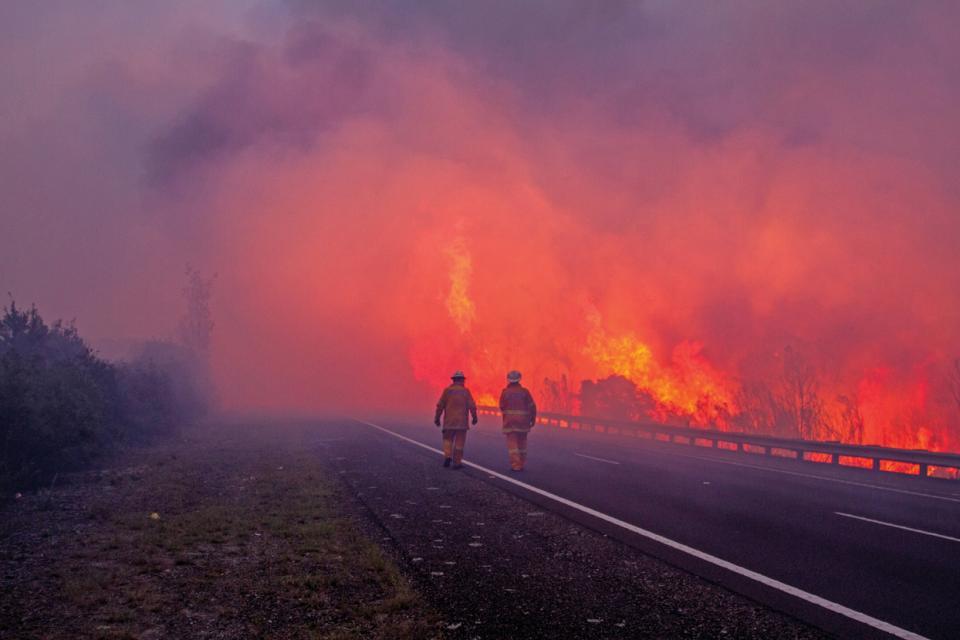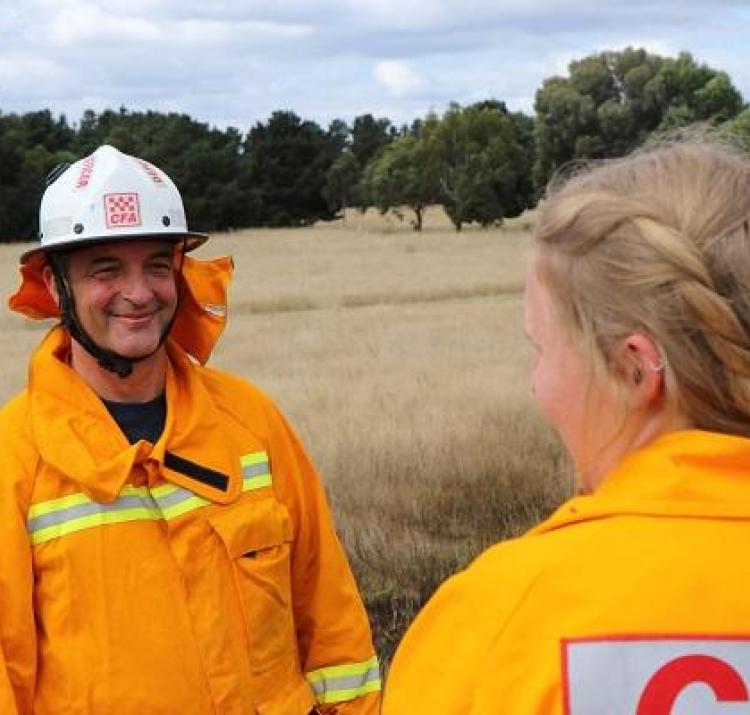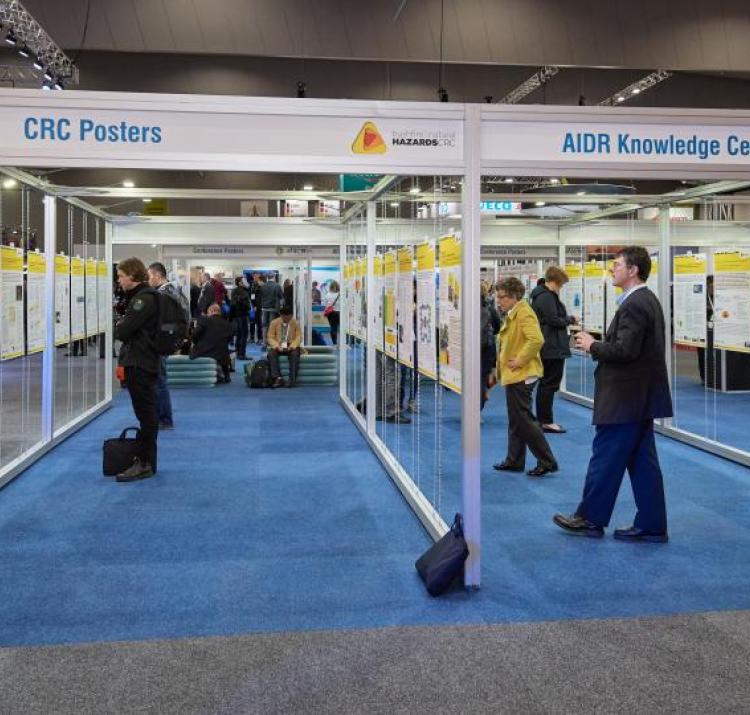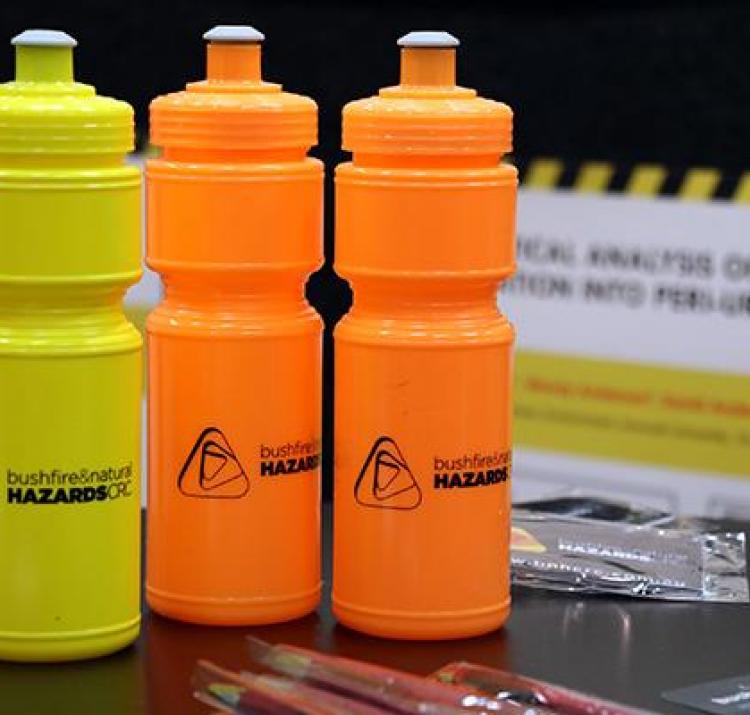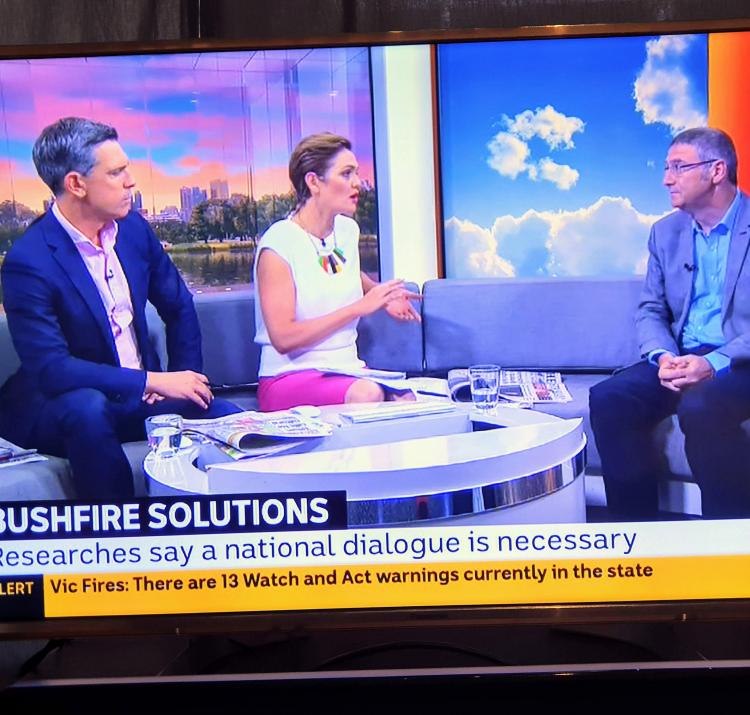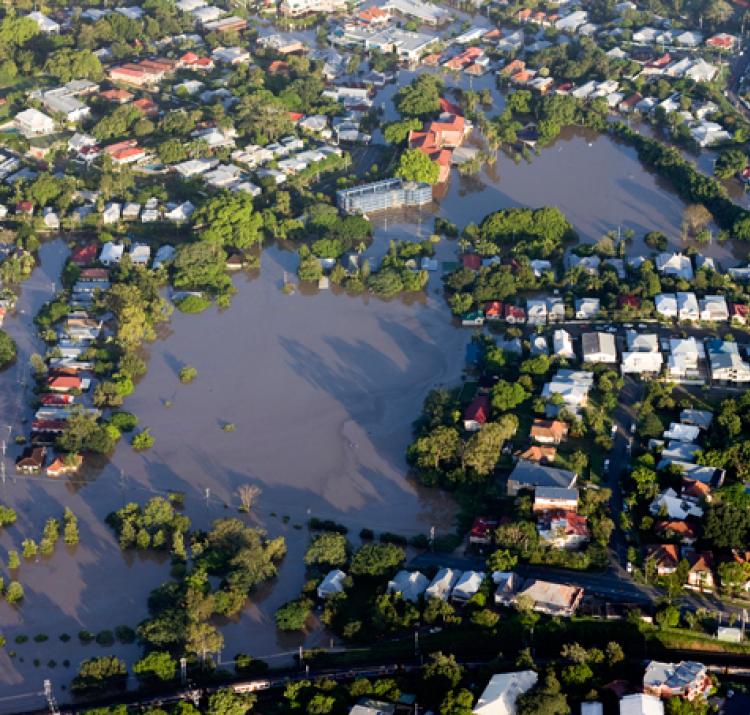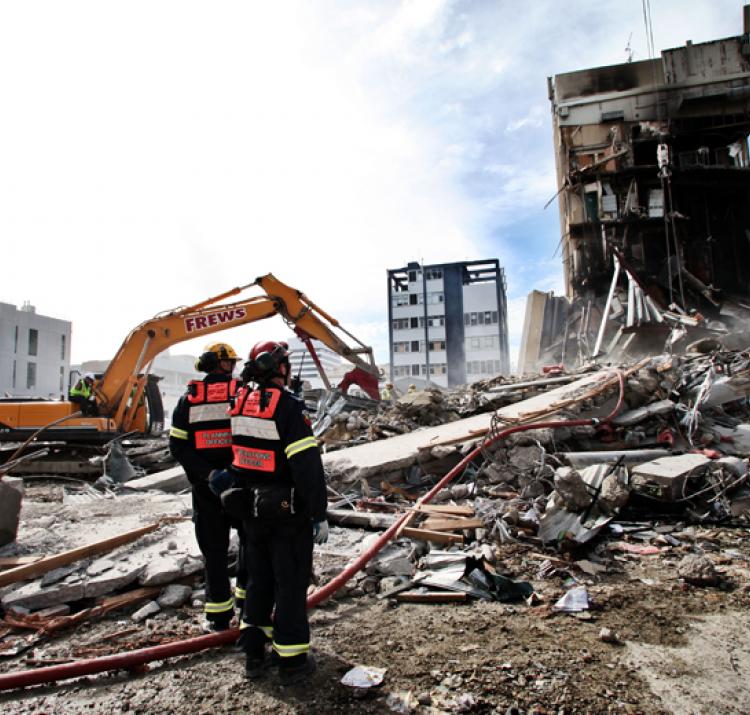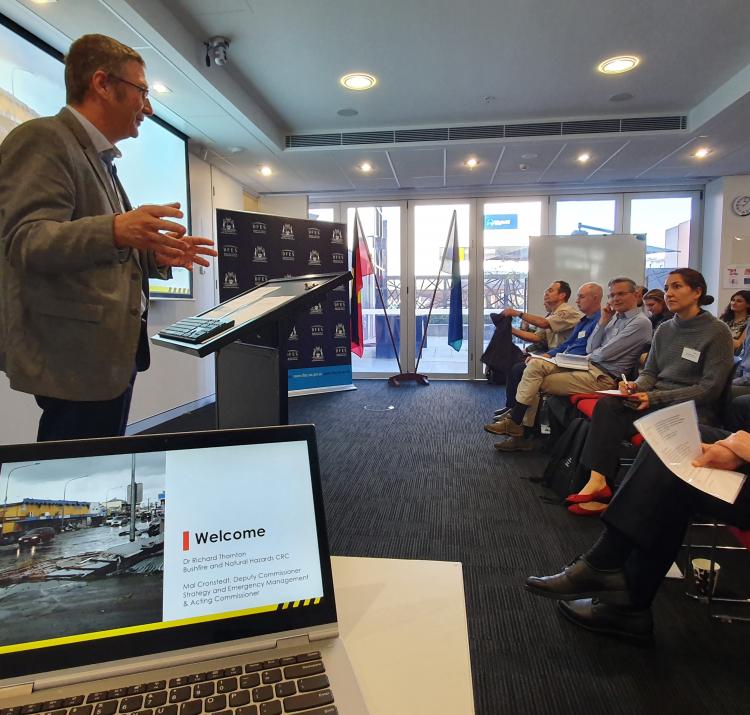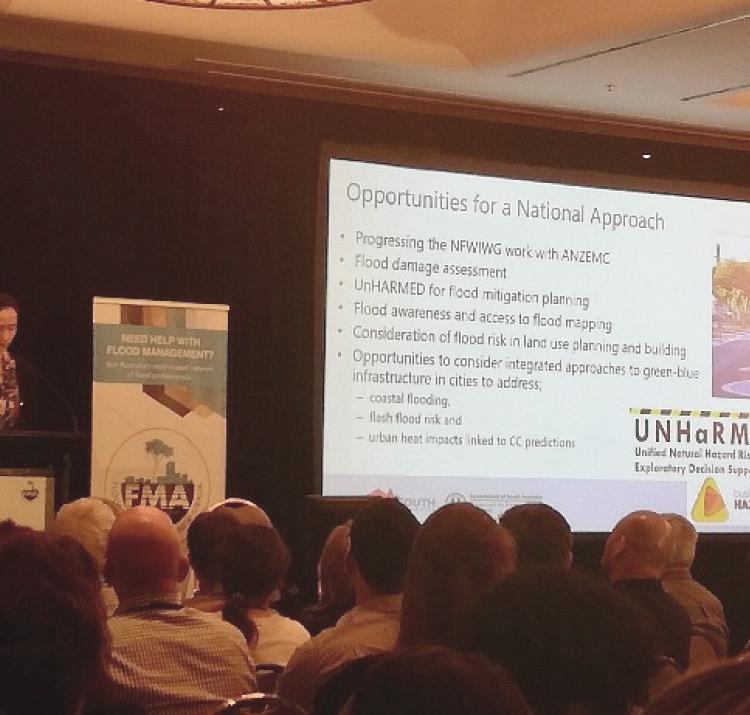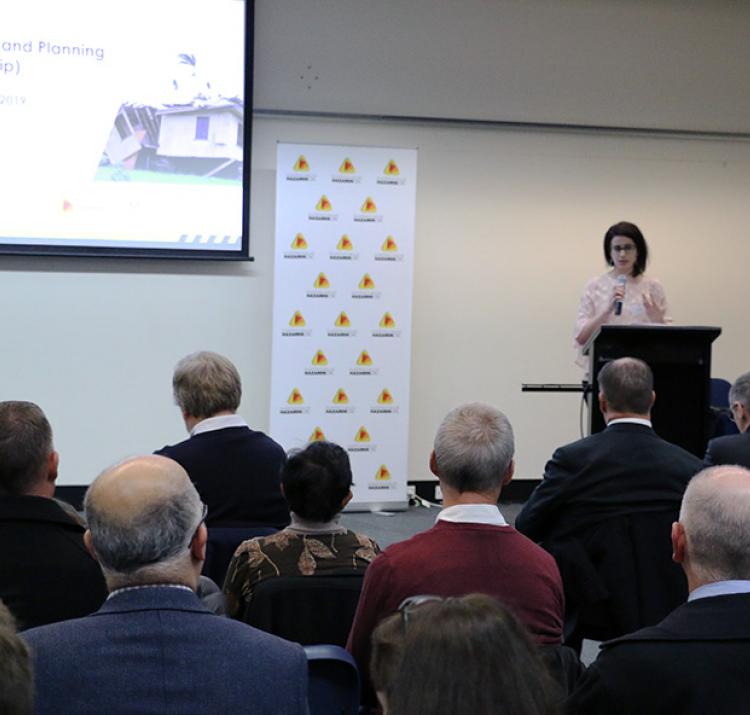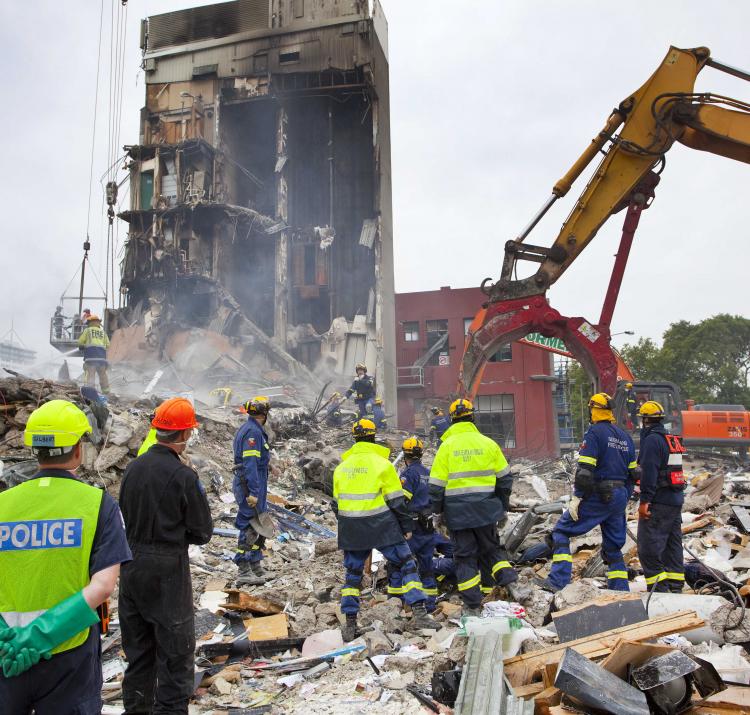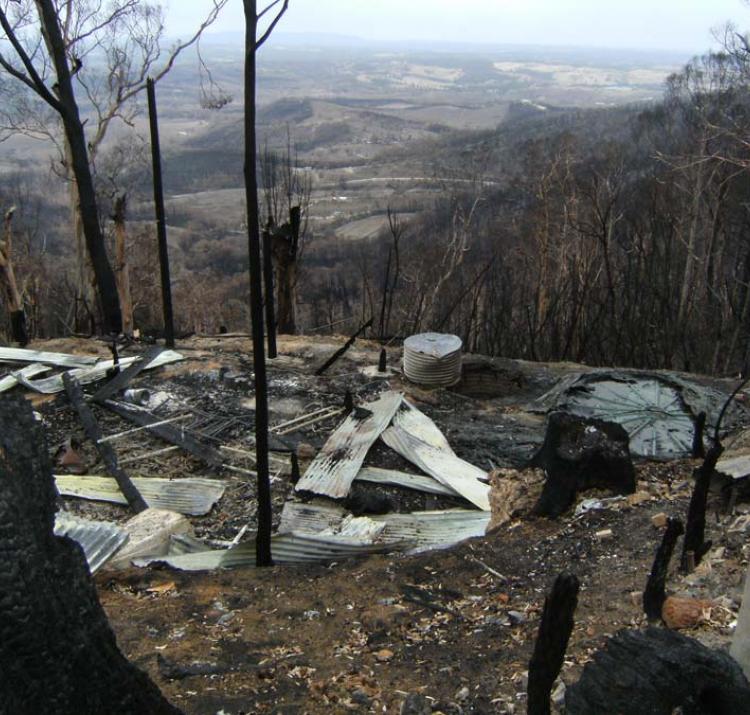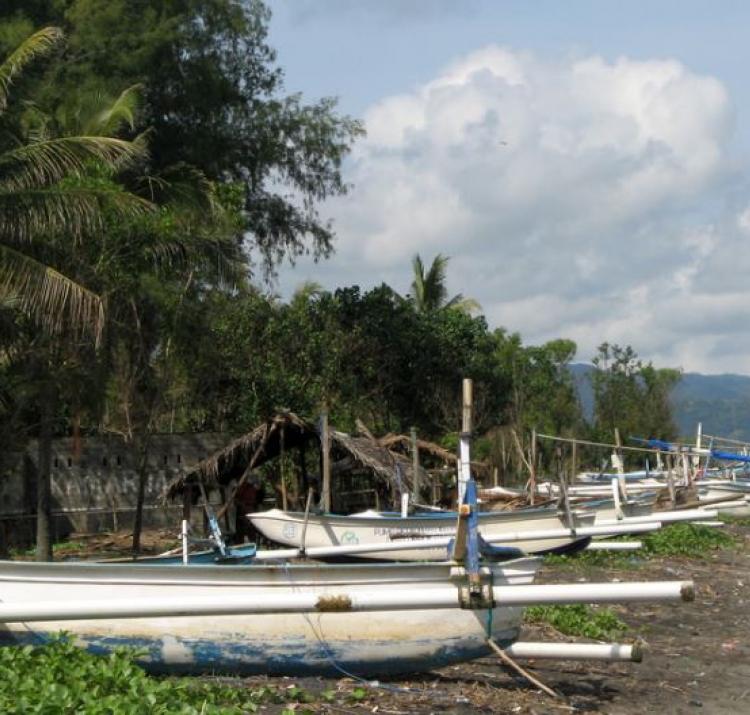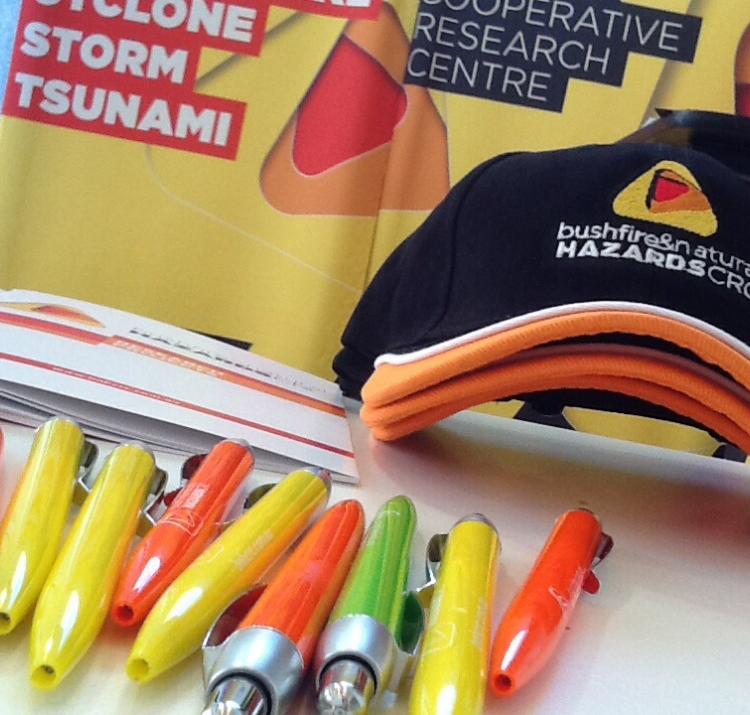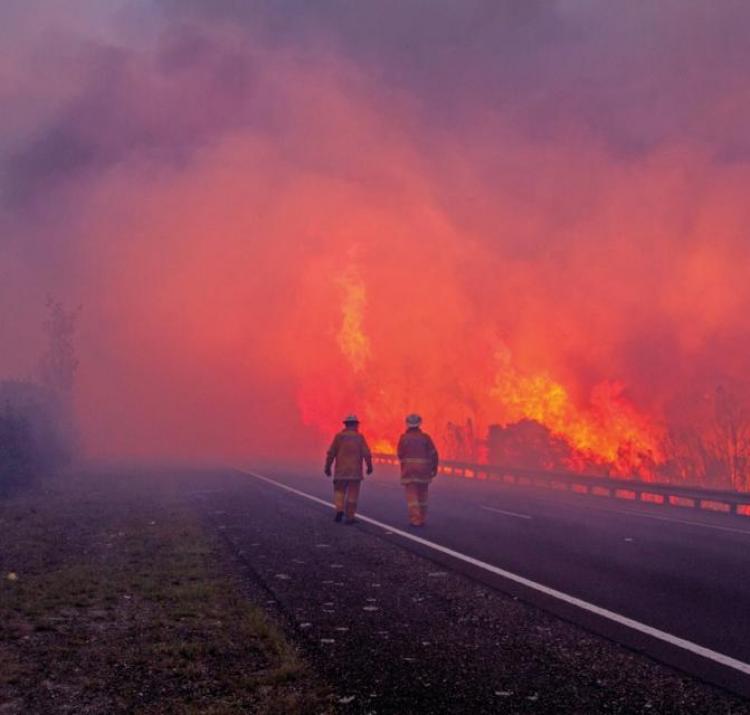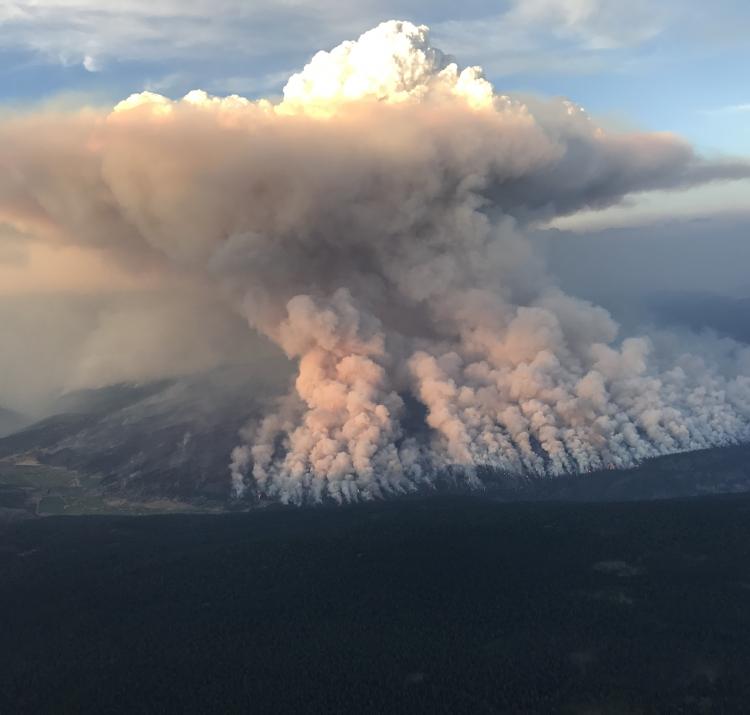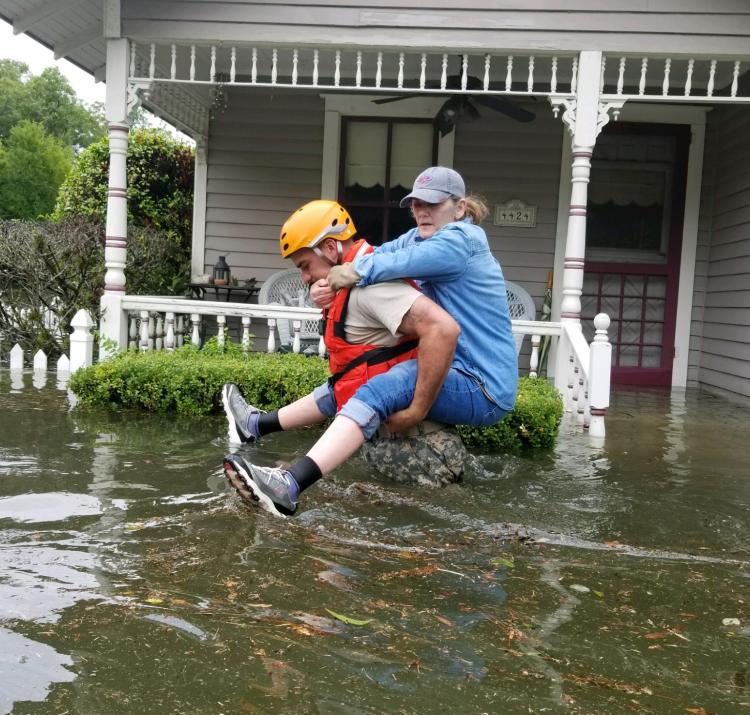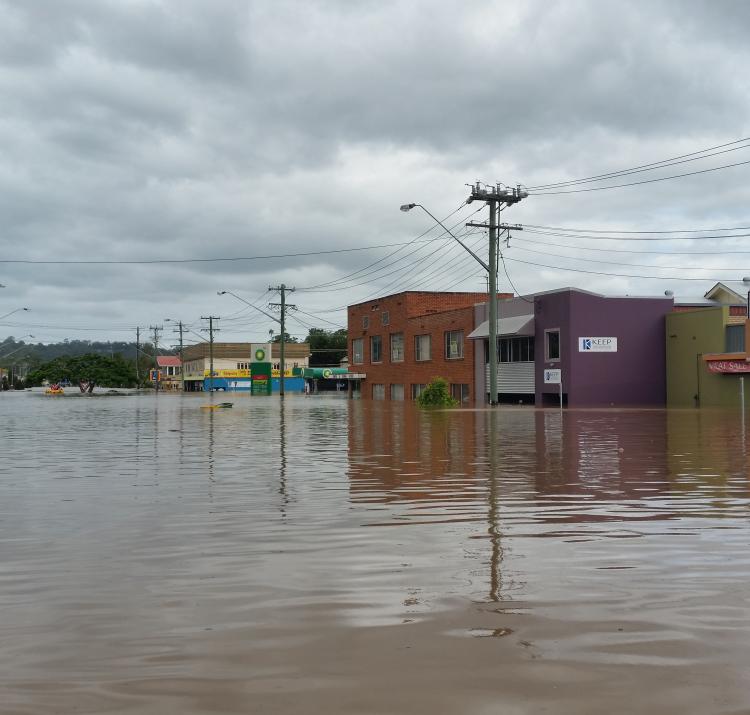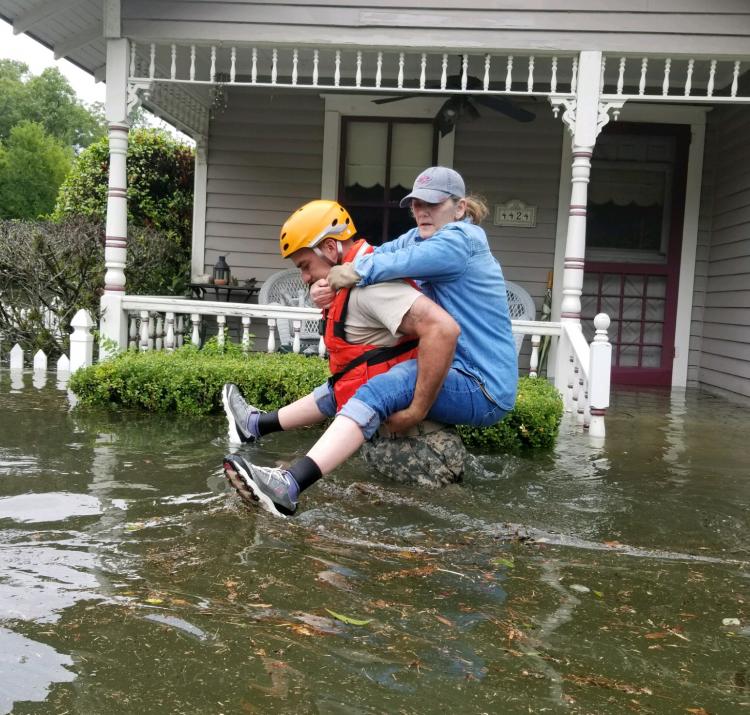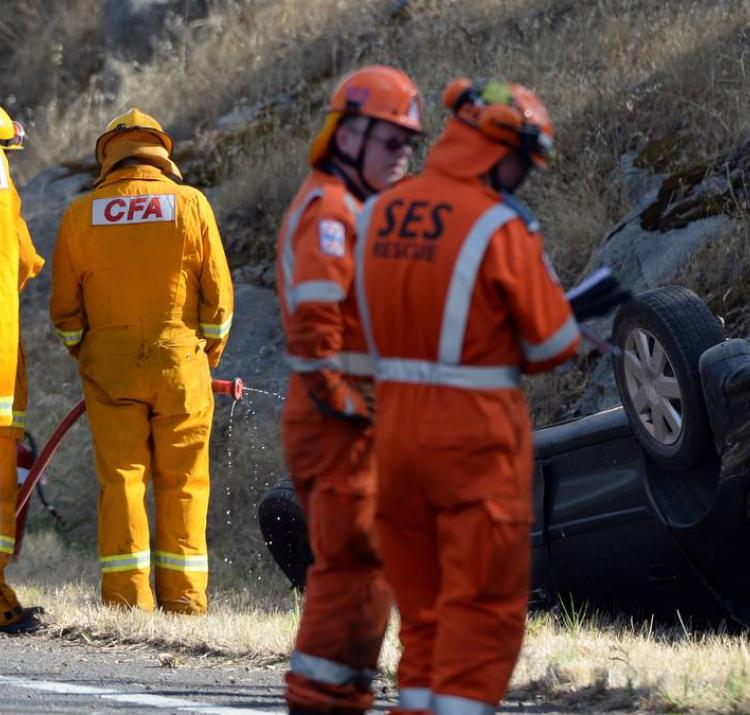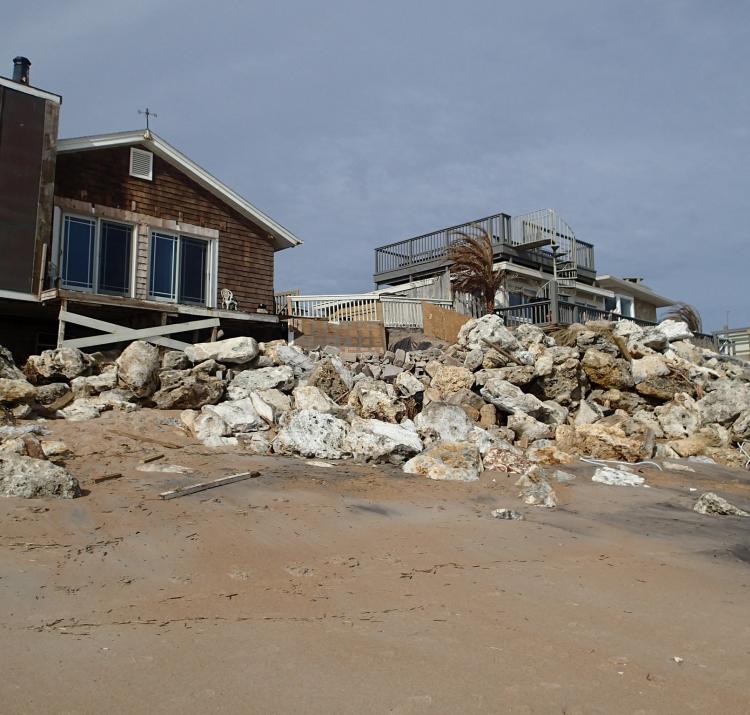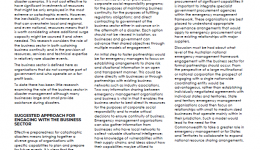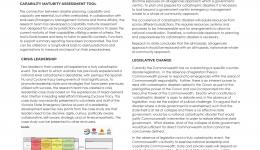Research leader
Research team
End User representatives
This project focussed on the research questions:
- What is the nature of catastrophic disasters and how are they conceptualised in the Australian context?
- What has been the historical frequency of compound disasters in Australia?
- What are the most appropriate practices to plan and prepare for catastrophic disasters?
- How can businesses and community organisations best be incorporated into planning and preparedness arrangements for catastrophic disasters?
The research was based on literature reviews; interviews with representatives from emergency management organisations, businesses and community organisations; analysis of historical disaster loss data and content analysis of previous business contributions to disaster responses.
The project adopted a collaborative approach with end-users assisting to define research questions and utilisation outputs. A key utilisation output from the research has been an emergency management capability maturity assessment tool that can be utilised by jurisdictions and organisations to better understand potential capability gaps in the context of severe-to-catastrophic disaster scenarios. Through utilisation funding provided by the Bushfire and Natural Hazards Cooperative Research Centre, this tool will be promoted for use across all jurisdictions.
Following analysis of emergency management legislation, a model Commonwealth Emergency Management Act was drafted for consideration by end-users.
Outcomes of the research were presented as evidence to the 2020 Royal Commission into National Natural Disaster Arrangements.
Watch Andrew talk about the frameworks which are being developed to assist emergency managers to better deal with catastrophic disasters.

